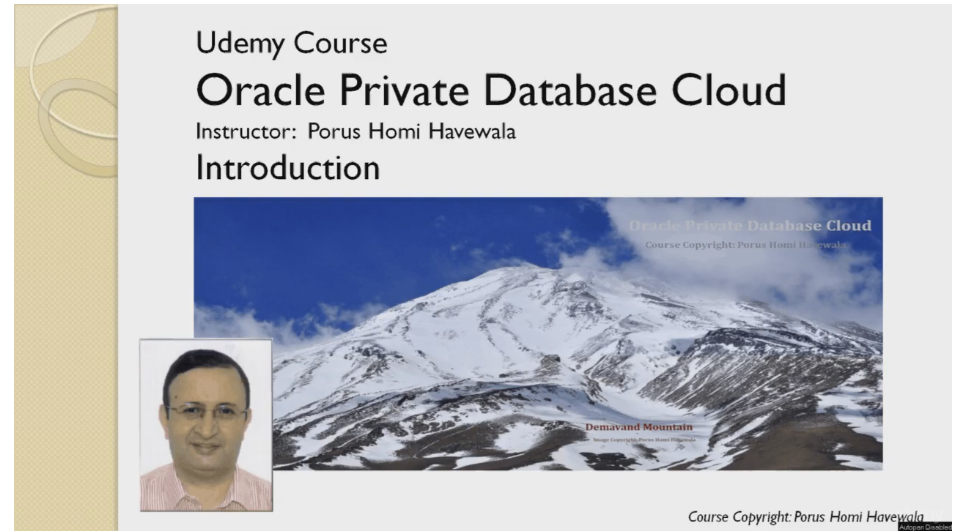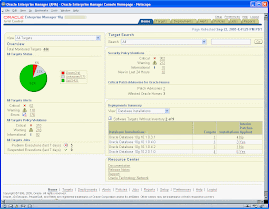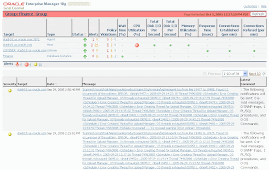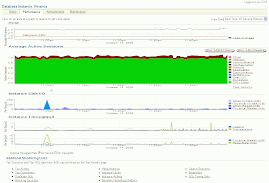We are discussing the management of Oracle Database 12c in Oracle Enterprise Manager 12c. In our previous blog post on this topic, we looked at how the Self-Service console would appear to the Self-Service Application (SSA) user, with the ability to provision databases, schemas or PDBs on the fly.
Metering and Chargeback is an important feature of the cloud. Due to the agile self-service nature of the cloud, it is important to set up quotas for the consumers, as well as meter the usage of the cloud, and use calculated dollar costs for showback or chargeback, so that the cloud is not exploited by over-usage by the consumers. This would also serve as a way for an internal IT department to show its value to the other business units, by putting an internal cost to its services – at least for showback purposes.
The “Chargeback and Capacity Planning Plug-in 12.1.0.4” (from EM12c Release 3) started to provide support for Oracle Pluggable Databases (12c PDBs). This enabled the Chargeback administrator to add a Container Database (CDB) to Chargeback, and assign each Pluggable Database (PDB) individually to a cost center.
This plug-in is now renamed to the latest available “Oracle Consolidation Planning and Chargeback 12.1.0.6” as can be seen via Setup.. Extensibility.. Plug-ins from the Enterprise Manager console.
A friend recently asked me: “Can I use showback / chargeback for an already existent database, that is, without the need to create a database as a service?”
My answer was that you cannot use chargeback unless you fully license the DBLM pack and Cloud Management pack and add the database as a resource to a zone with a charge plan. You don’t need to set up the full Database-as-a-service and enable self-service, it will just calculate the usage for an existing database if it is added in this way.
For more information on setting up chargeback, refer to the documentation here.
This blog post was originally published at this link.

















